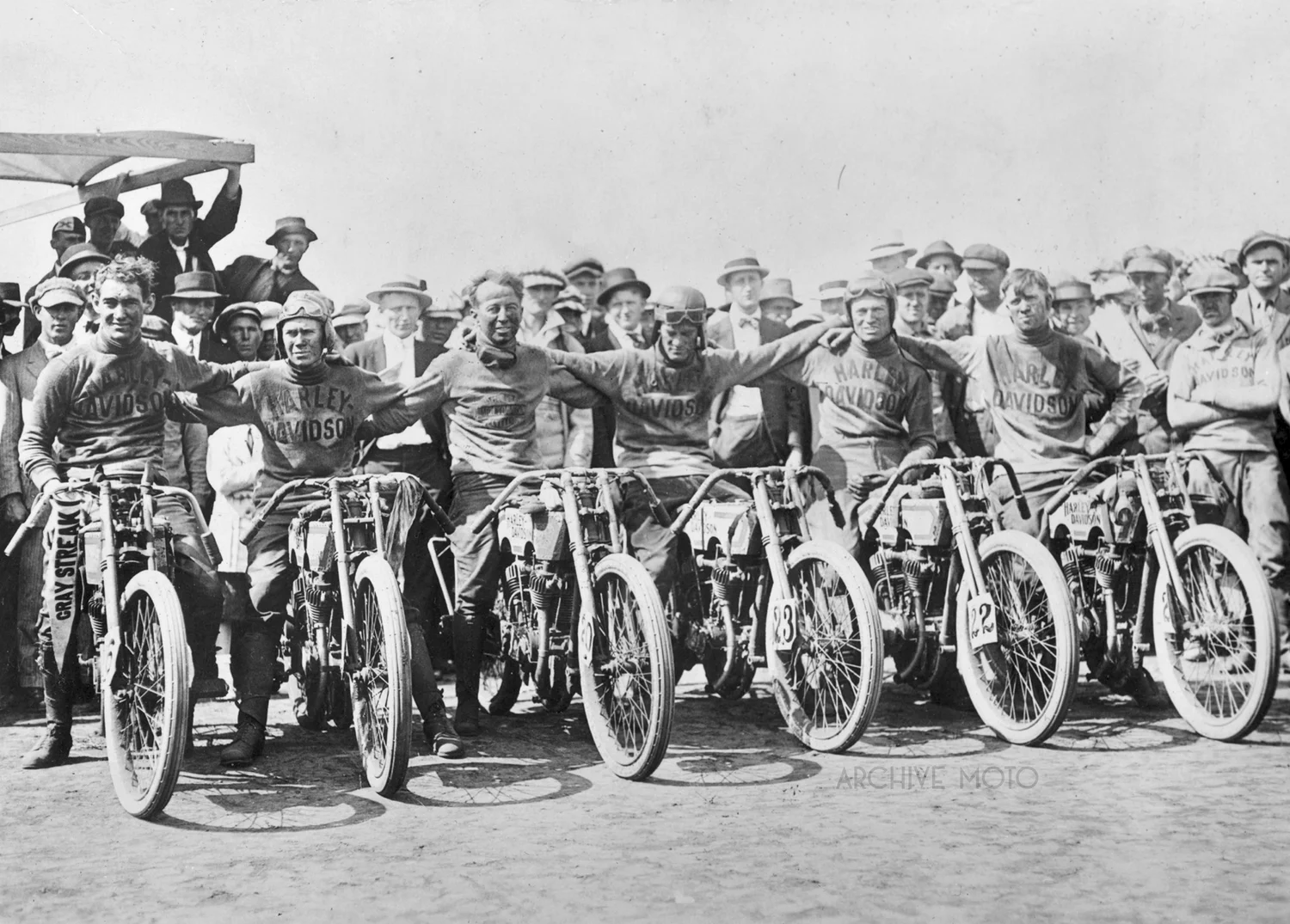Henry Hammond Springs, I chose this photo of the young racing prodigy for the cover of Georgia Motorcycle History because, well... the kid was bad. It was taken while Hammond posed onboard his “Daytona” racer on the roof of the Indian factory in Springfield, MA shortly after Hammond’s gasoline-starved run at the 1921 Dodge City 300. Tragically, we never got to see the full potential of the 19 year old crack from Augusta, GA. Just 9 months after sitting for this photo Hammond collided with Harley-Davidson's Eddie Brinck at full clip on a flat track in South Bend, IN, sending him flying out of control and through a fence, ultimately killing young Hammond. The Georgia boy who had cut his teeth during the Great War as he was too young to enlist had, in a very short time risen to be counted among the greatest motorcycle racers in the country. Though he had only competed on the national circuit for 2 short years Hammond’s death rattled the country, reports were printed in papers from coast to coast. His body was returned to his family in Atlanta where a motorcade of racers, enthusiasts, and officers laid the teenaged star to rest beneath a beautiful monument in West View Cemetery.
Los Angeles’ Fred Ludlow, a staple member of the famed Harley-Davidson “Wrecking Crew” factory racing team on board his 8-valve banjo 2 cam, like the one he ran at the 1921 M&ATA Nationals, which were held in Syracuse, NY. It was there on September 19th, on the dirt mile oval of the State Fairgrounds that Ludlow had arguably the best day of racing in his life. Ludlow closed out every single event on the day’s card in the top spot, winning the checkered flag in the 1, 5, 10, 25, and 50 mile races... a clean sweep. Along with his victories the dapper Californian laid down new record times in the 10, 25, and 50 mile events with an average speed of nearly 80 mph for the day. At the closing of the day, Ludlow collected over $1000 in prize money, what would be nearly $14,000 today. The Wrecking Crew was disbanded by the Motor Co. a few short months later as the brass pulled the plug on their highly competitive racing program for the 1922 season. However, with some of his most recent winnings no doubt Ludlow, along with Wrecking Crew teammates Ray Weishaar, Otto Walker, and Jim Davis each purchased their factory racing machines from the company. This iconic image of 26 year old Fred Ludlow was snapped at the famed board track speedway in Beverly Hills earlier in the year before Ludlow dominated at the dusty Syracuse Mile, September 19th, 1921... Freddie’s big day.
Another one of my favorite shots from the book. Here, a well appointed gentleman teaches his dog a few new tricks on the front porch of his home in Athens, Georgia. In the background sits what appears to be a 1912 Harley-Davidson x8a belt-driven single, affectionately known as the "Silent Gray Fellow" for its Renault Grey paint job and efficient 30ci, 4hp engine. The x in the name indicates that this model was equipped with Harley's brand new "Free Wheel Control" clutch setup, a new feature for 1912 along with the introduction of the "Ful-Floeting Seat," a long spring enclosed in the down tube of the frame giving the seat post and sprung saddle a full 4 inches of travel.
This is just one of the over 200 remarkable and exclusive photographs included in Georgia Motorcycle History: The First 60 Years 1899-1959. The high quality hard cover book details the early years of motorcycling history through rare and never-before seen photos making it a great gift idea for any motorcycling enthusiast. Order yours today in the web store at the top of the page.
The steadfast, raw spirit that could be found in the ranks of Indian’s Wigwam factory racing team and Harley-Davidson’s Wrecking Crew first defined what it meant to be a professional motorcycle racer in America and became a cornerstone attribute of our culture. These two factory teams split nearly evenly a dominating ownership of America’s Golden Age of racing between 1907 and 1925.
Indian and the men of the Wigwam team were relentlessly victorious in those first years, the infamous age of the motordrome while the brass at Harley-Davidson chose to simply observe the birth of the sport. But in 1914, when the Motor Co. finally began to assemble their factory racing program led by Bill Ottaway they would prove to be a force to be reckoned with. And so began an all American rivalry, one which reached a fever pitch in the early 1920’s when both teams boasted rosters made entirely of legends, one which stretched through to the Class C flat track gridirons of the 1940’s and 50’s.In iconic competition for decades, the men of the Wigwam and the Wrecking Crew traded places at the top countless times, but after Indian fell too far behind in the business world it was Harley that was left alone, unchallenged to claim the crown as the American motorcycle brand.
Here are the men of Indian's Wigwam at the Fort Erie Championship races of 1911, and what would become the Harley-Davidson Wrecking Crew after their triumphant showing at the 1915 Dodge City race.
I’ve been working on something new, something that I think you folks will dig. Im excited to share it with you soon and will have everything wrapped up in the next few weeks and exclusively available in our store. So until then all you need to do is ask yourself which team you are you, The Wigwam or the Wrecking Crew?









